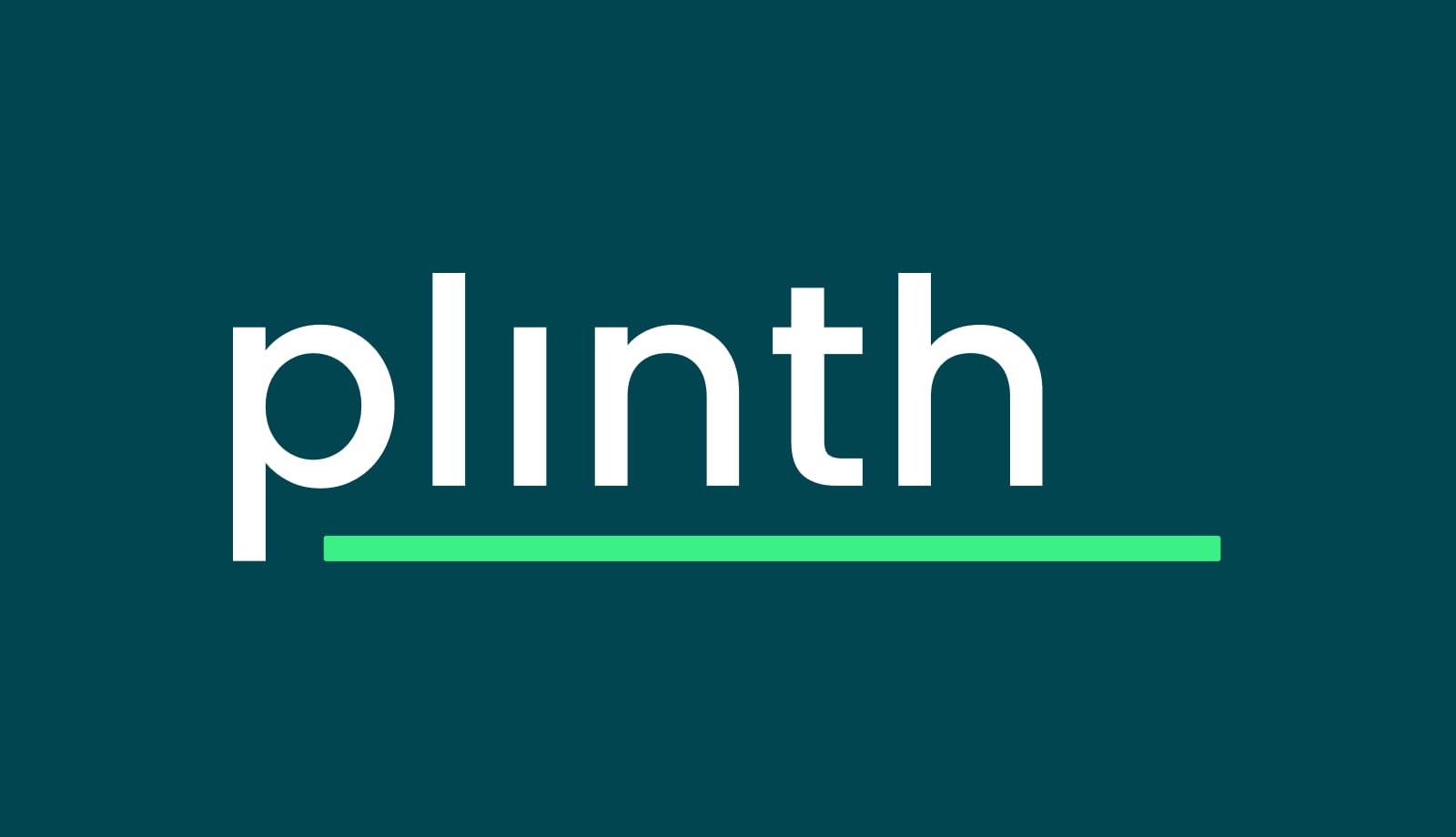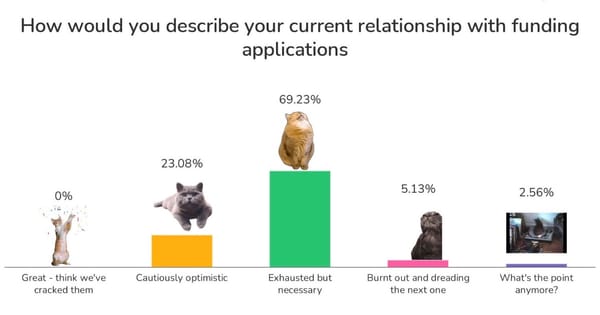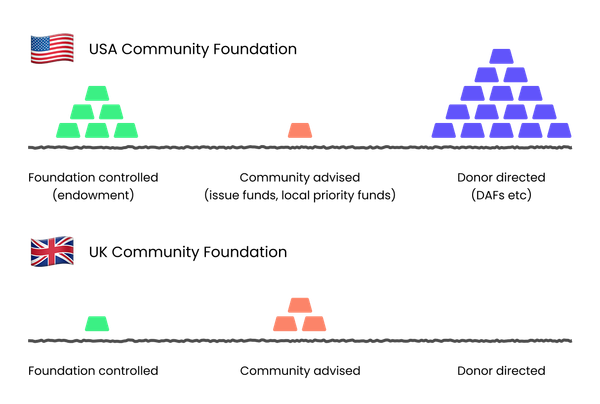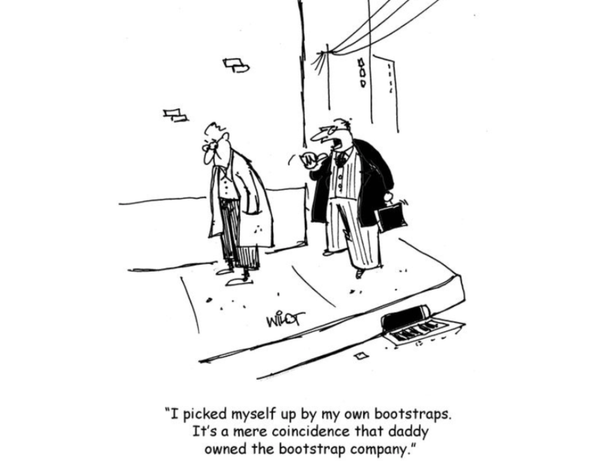Why Plinth?
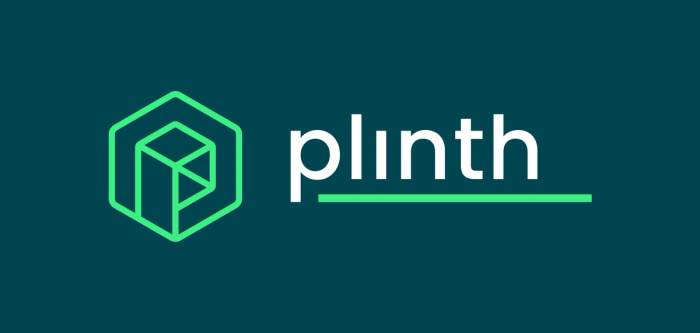
As a new university term starts, it seems like a good time to reinvent ourselves. We’ve dyed our hair green, and we’re going to see if we can get a new name to catch on.
But this isn’t just a phase. Our newfound identity, "Plinth," encapsulates our mission far better than our previous, "Time to Spare”, even if it is a bit harder to say with an Essex accent.
Here’s why…
Supporting from the ground up.
From the start, we’ve worked most closely with grassroots organisations, with strong trust in their local communities. We’ve got our hands dirty, trying to solve some fundamental thorny issues with data, reporting and case management.
We believe a lot of the trickier issues in the community sector, like measuring impact, improving referral processes and removing the time sink of grant applications and reporting require getting to the truth of what’s happening on the ground. Starting anywhere else is doomed to fail.
Demonstrating Impact
At least 3 out of 4 plinths have something on top. We want to be the platform that can demonstrate and advertise the impact that community organisations are delivering. It’s an impact that often goes unsung and overlooked — if we can put that right at the top of a plinth, we should be able to attract more attention to the sector, and ultimately more funding.
We’ll have lots more on this topic in the very near future, so watch this space.
Distributing the Pressure
According to the internet, structurally speaking, a plinth “plays a vital role in evenly distributing the weight and pressure that flows down through a column”.
We know that a lot of communities across the country are under a lot of pressure. Often, a lot of that pressure can fall on a small number of organisations providing support — whether that’s a food bank or a local Law Centre. At Plinth, we’re aiming to engage networks of local organisations, so people can better discover the support they need, or the activities they want to take part it, outside of the usual channels. Hopefully, this should also help to evenly distribute the weight.
A Foundation to Build Upon
Finally, while we’ve done a lot of work to solve some tricky problems for charities, social enterprises, commissioners and funders, we know we’re not done.
We’re also not arrogant enough to believe we can solve all the sector’s problems. But, much like a plinth, we think we can create a solid foundation upon which other people can build. Whether that’s new ways of understanding community data or new ways to support individuals, we want people to be able to do that on top of our platform. You could call it an “app store for the community sector”, or you could just call it a plinth.
Ultimately, we want to make it so you can do more with more.
